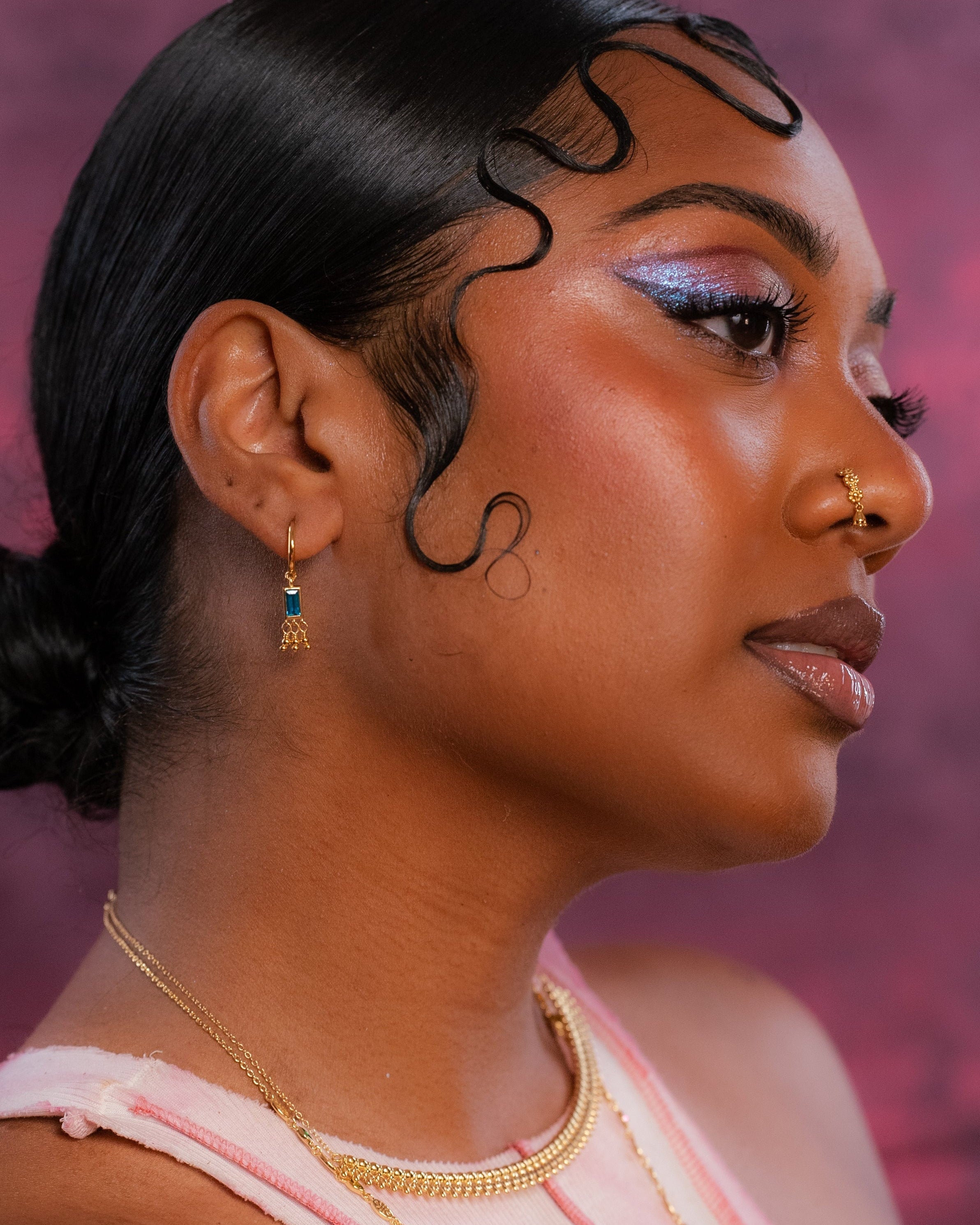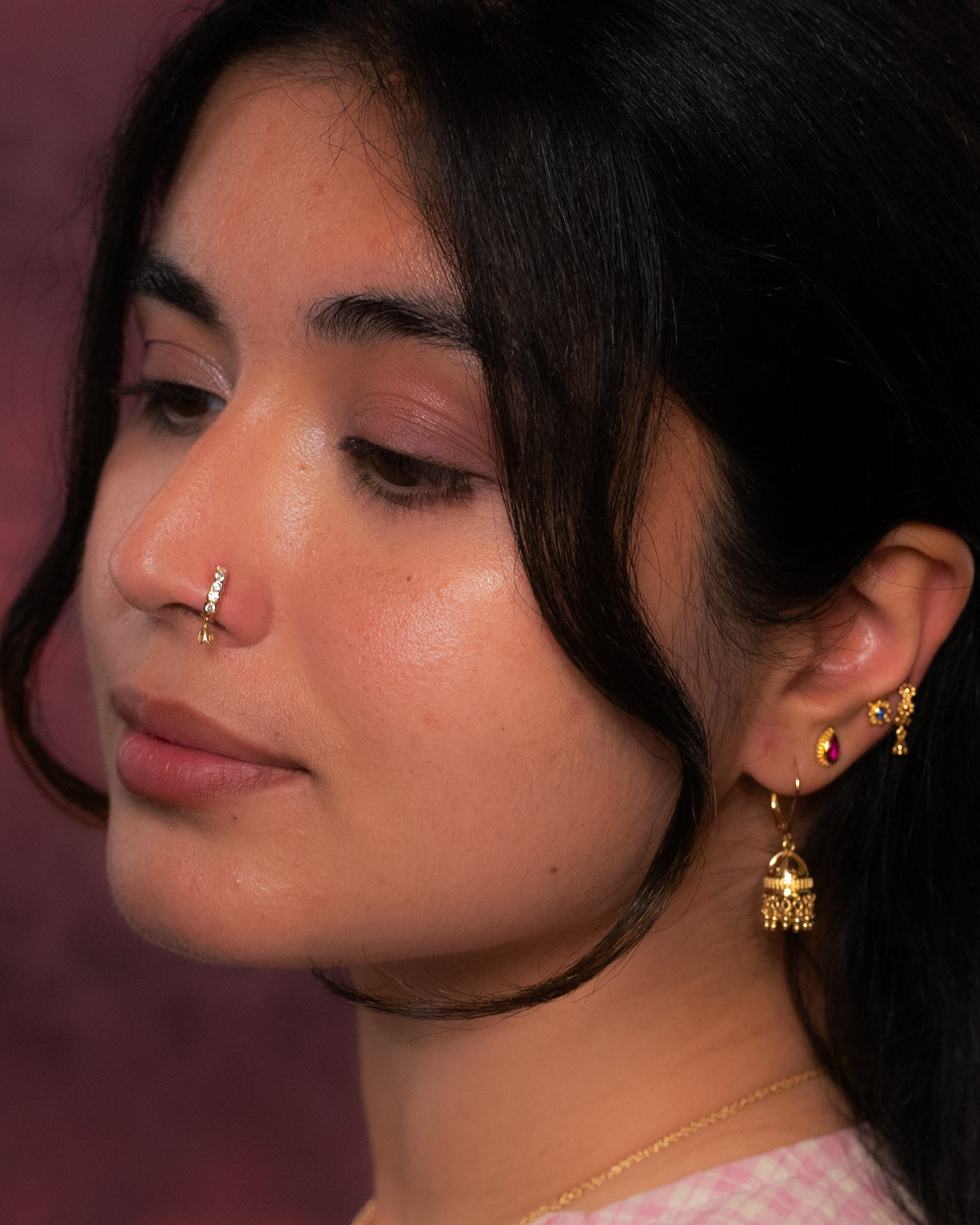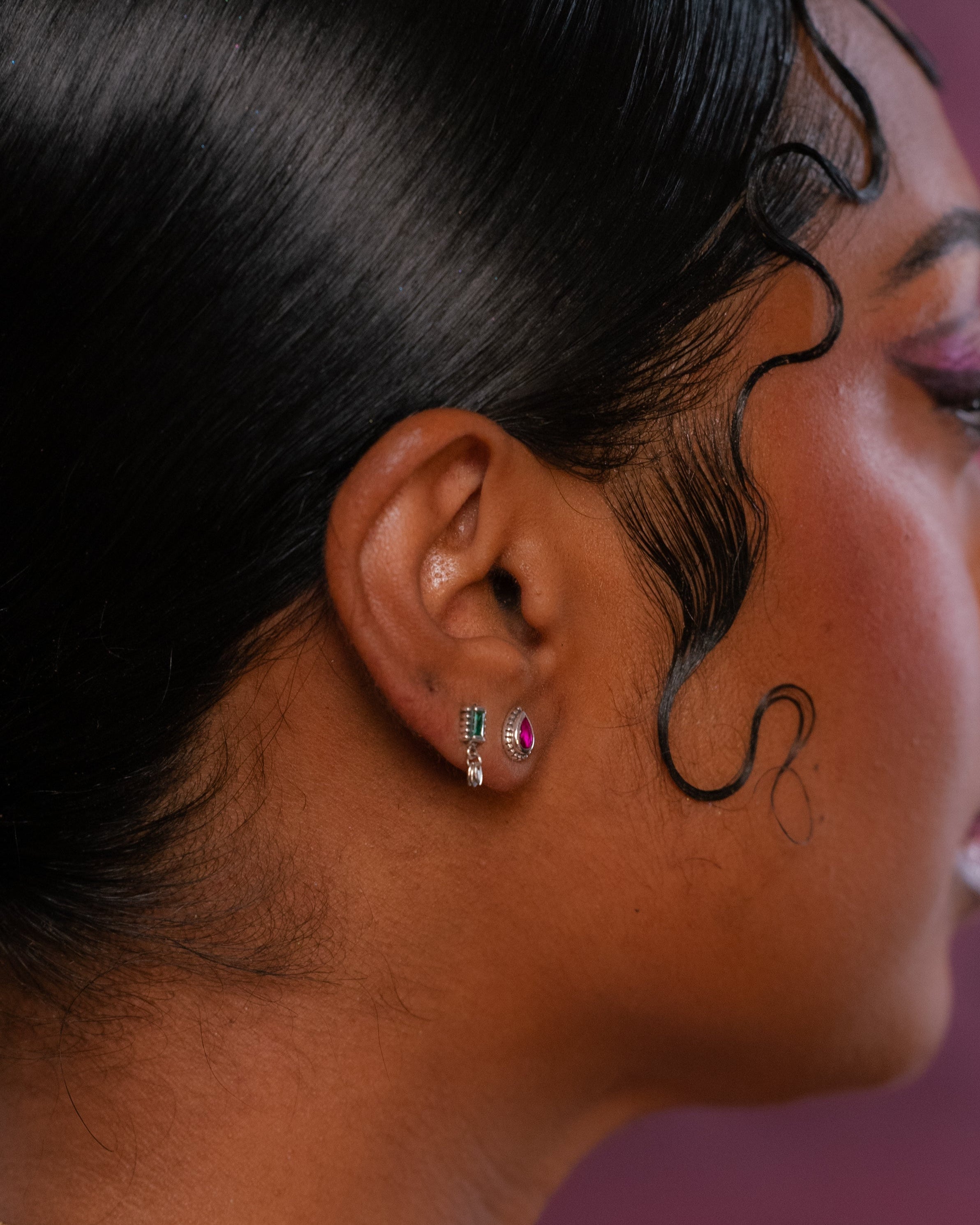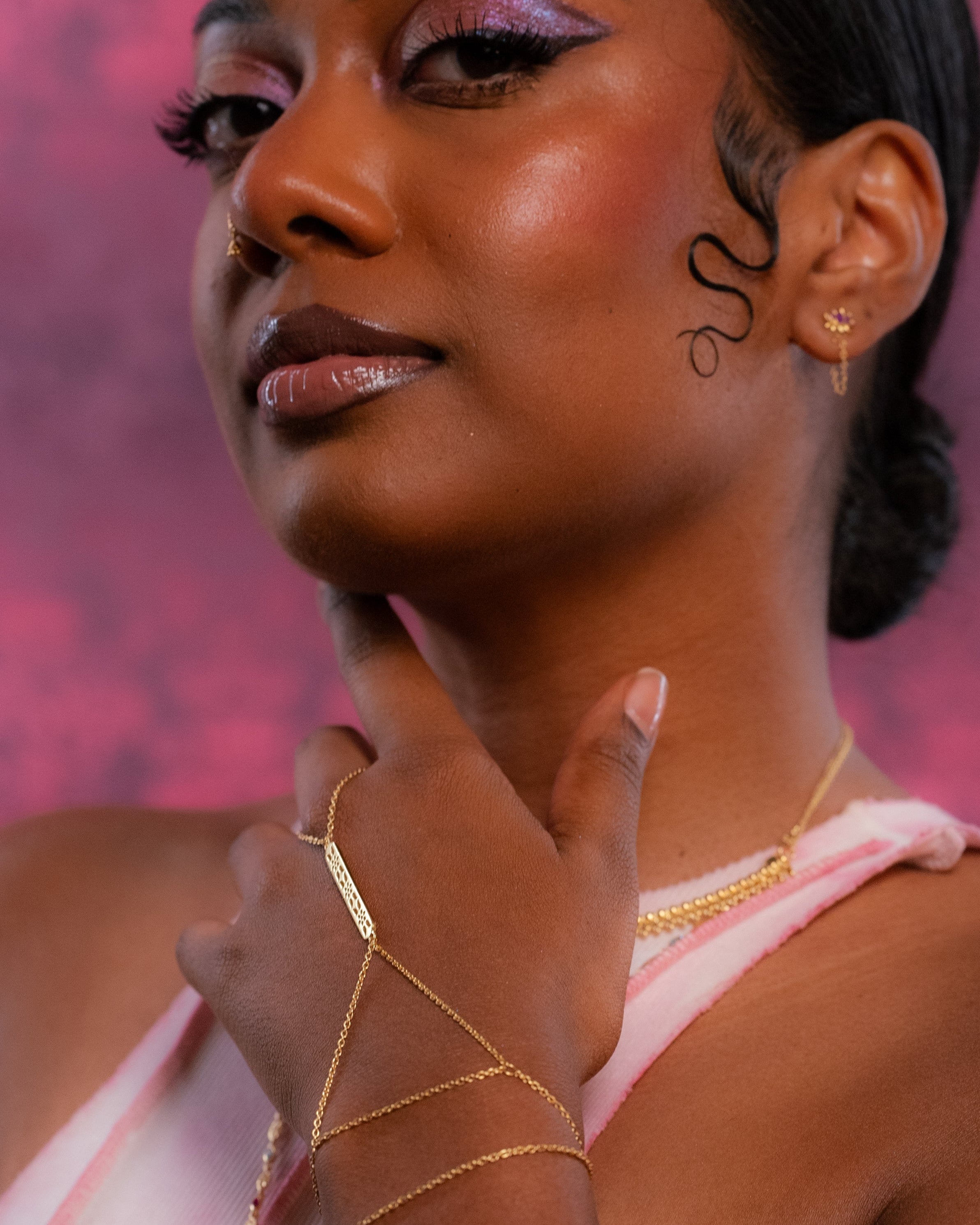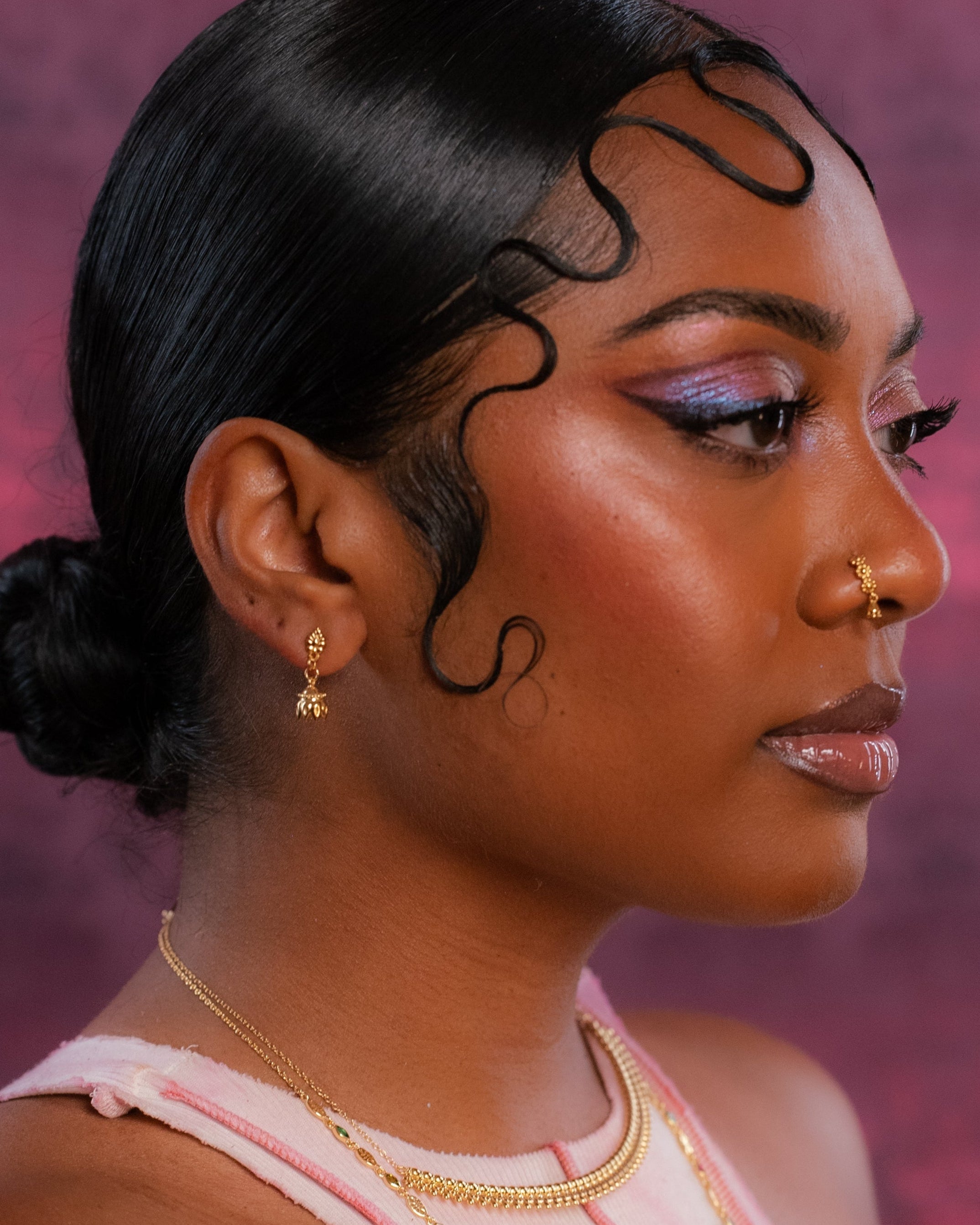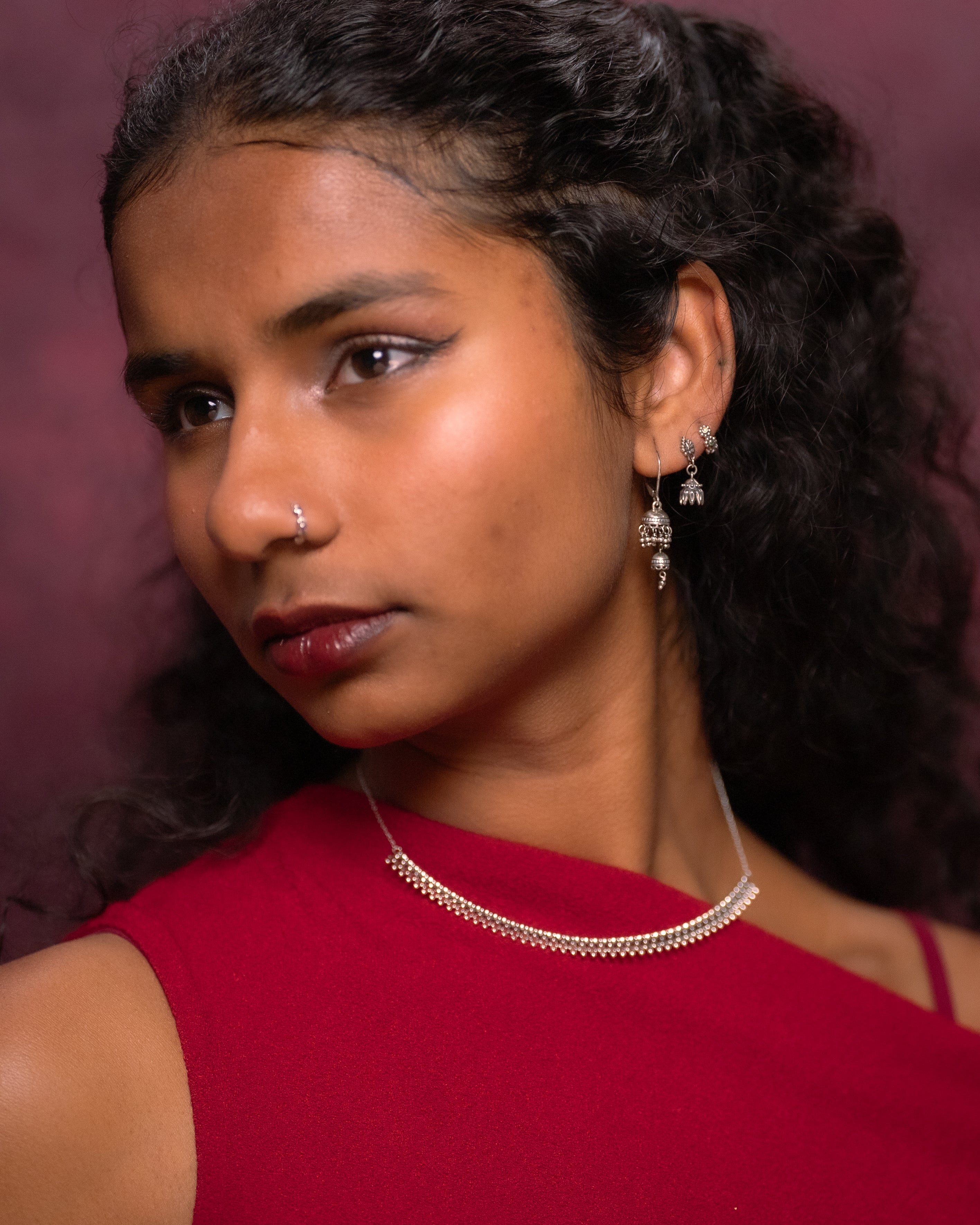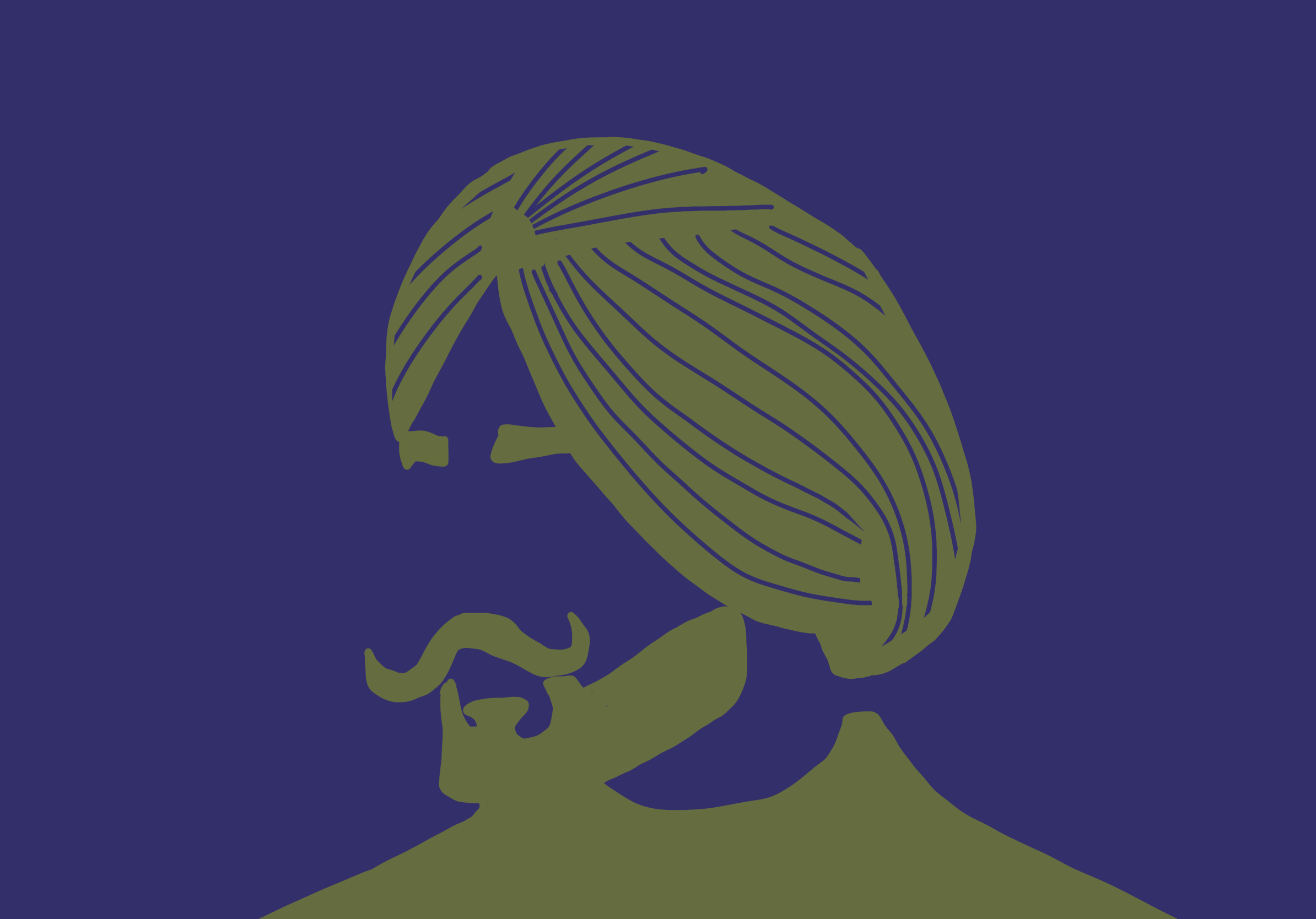By Hema Mangat
Growing up surrounded by peers whose skin color aligned with societal norms, my journey as a brown girl was marked by constant internal struggle to validate my narrative. The absence of representation in my daily surroundings became glaringly apparent, especially when my father, a proud Sikh who wears a turban, would pick me up from school.
In those moments, the curious gaze of my classmates, often accompanied by questions about my father’s turban, served as a reminder that my family didn’t fit the conventional mold. The weight of those inquiries, coupled with prevalent stereotypes at the time, intensified the pressure on me to conform, compelling me to momentarily conceal facets of my cultural identity.
As I navigated the halls of education, the ever looming stereotypes associated with my cultural background, particularly the unfortunate association of Muslims with terrorism, made me feel ashamed. The fear and misunderstanding that surrounded these preconceived notions permeated my consciousness, giving rise to emotions that fluctuated between frustration, apprehension, and a deep longing for acceptance.
However, as time continued, so did my understanding of self worth and cultural pride. With each passing year, I began to appreciate the richness of my heritage, recognizing that my uniqueness was not a flaw to be hidden but a strength to be celebrated. I learned to not let external perceptions dictate how I should perceive myself. My experiences epitomize the importance of embracing culture and dispelling stereotypes.
About the Author: Hema Mangat is a freshman at George Washington University on the pre-law track. In their words: “With a Kashmiri and Punjabi background, I’m passionate about writing on current events to spread awareness and provoke meaningful conversations.”

